Space Image of the Day Gallery (April 2018)
A Cosmic Moonrise
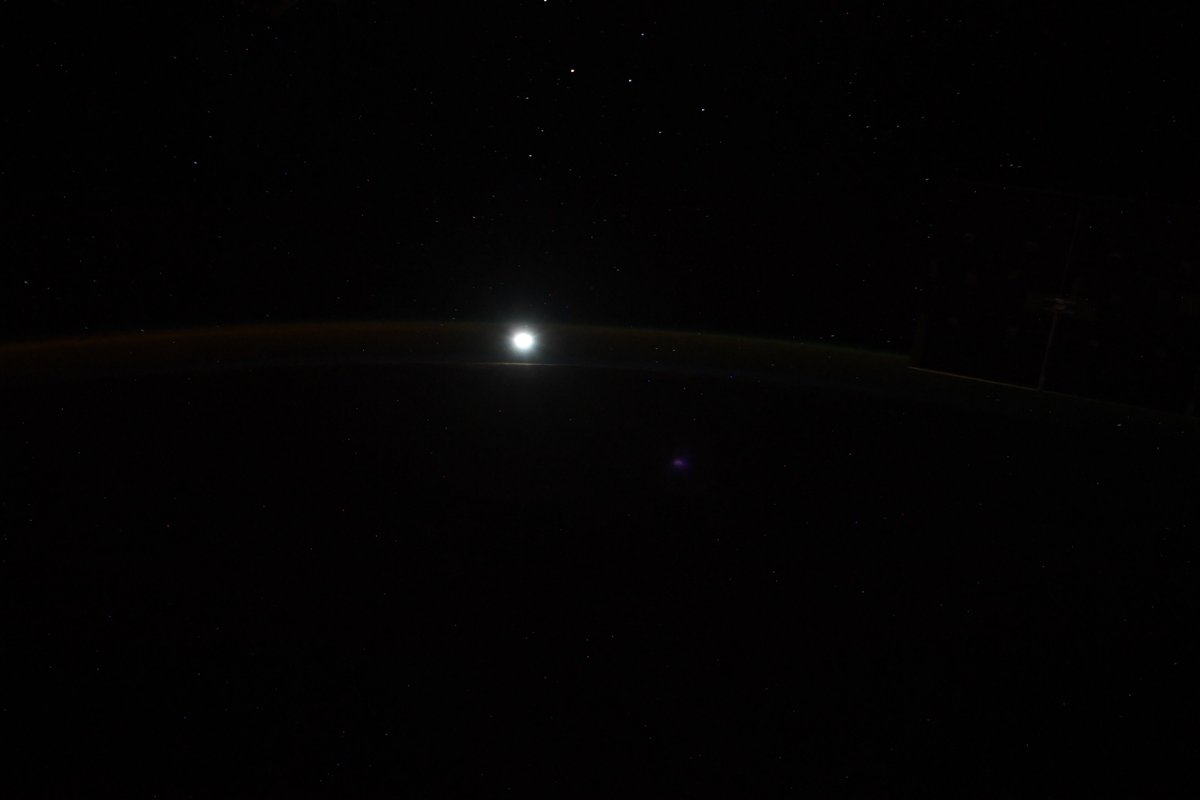
Monday, April 16, 2018: The moon emerges from below Earth's horizon as moonlight pierces through the faint glow of our planet's atmosphere in this photo taken by NASA astronaut Scott Tingle at the International Space Station. Beneath the rising moon is the continent of Australia. While no city lights are visible in this nighttime view, a small purple flash of lightning can be seen to the lower right of the moon. — Hanneke Weitering
Colorful Skies Above the Very Large Telescope
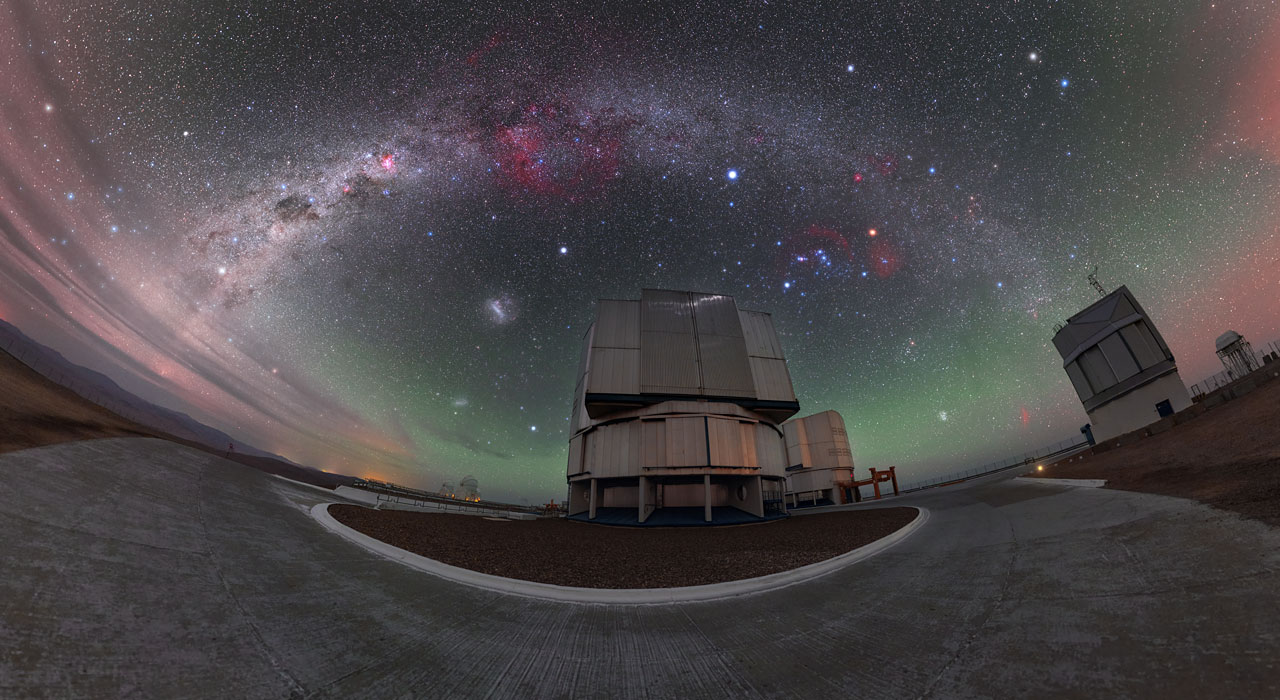
Tuesday, April 17, 2018: The Milky Way arcs over a colorful sky in this starry scene from the European Southern Observatory in northern Chile. A faint, green airglow illuminates the night sky above the Very Large Telescope, an array consisting of four individual telescopes. To the left of the telescope in the center of this view are the Magellanic Clouds, two satellite galaxies outside the Milky Way. To its right is the constellation of Orion the Hunter. — Hanneke Weitering
'Sunrise Crashes an Aurora Party'
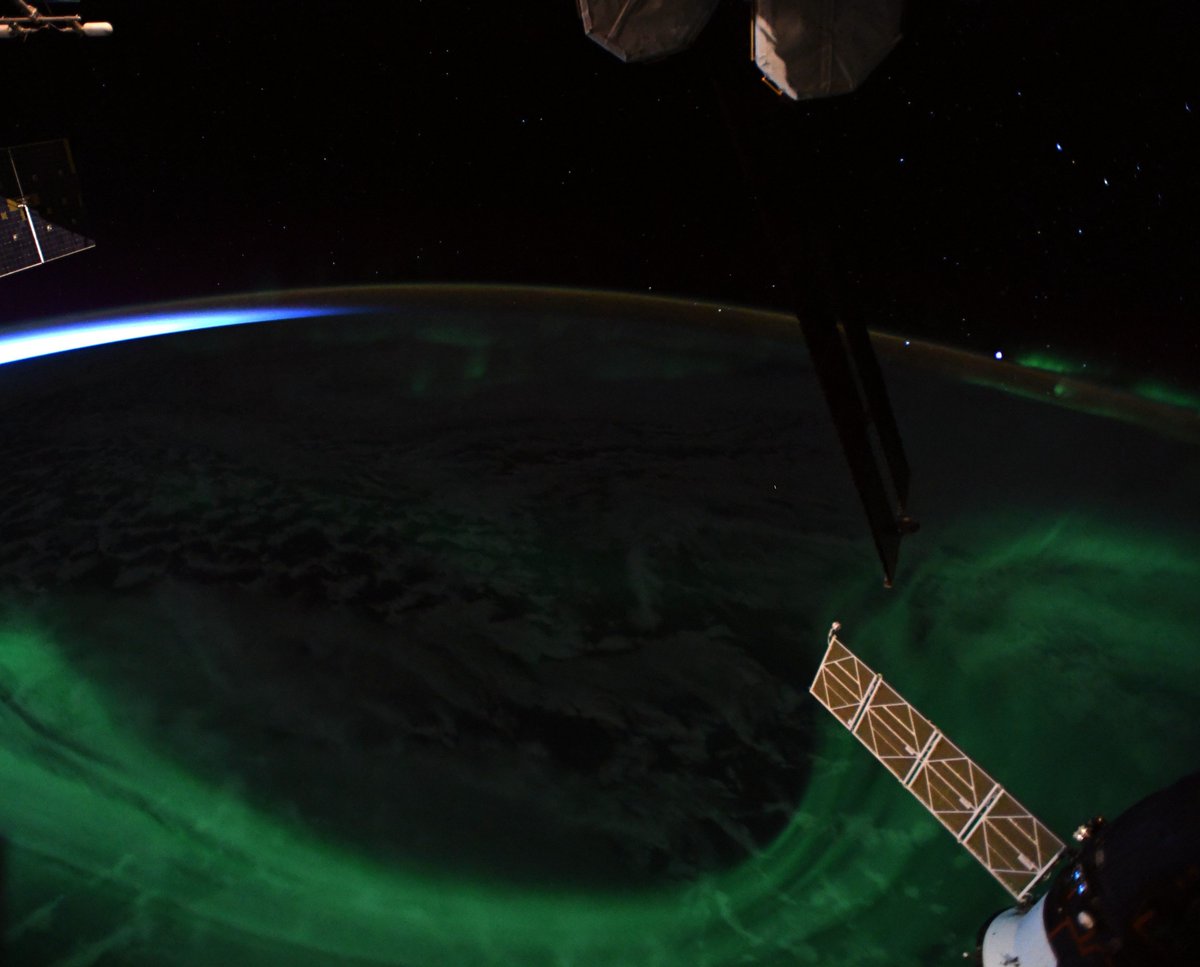
Wednesday, April 18, 2018: Green auroras shimmy over Earth's southern hemisphere as the rising sun begins to peek over the horizon in this photo taken by NASA astronaut Ricky Arnold at the International Space Station. "Sunrise crashes an aurora party over the southern hemisphere," Arnold tweeted. — Hanneke Weitering
Liftoff!
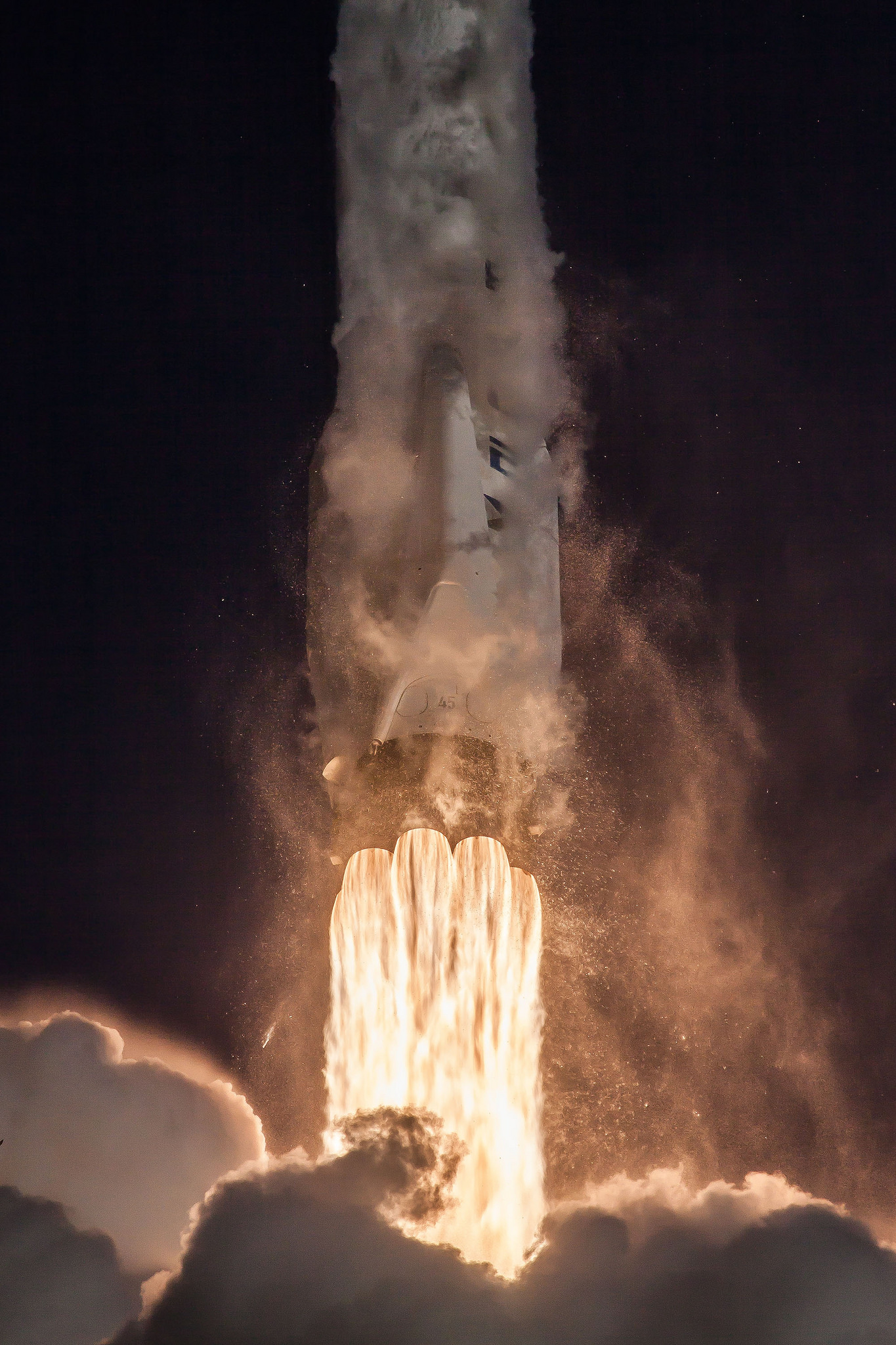
Thursday, April 19, 2018: A SpaceX Falcon 9 rocket carrying NASA's Transiting Exoplanet Survey Satellite (TESS) lifted off from Cape Canaveral Air Force Station yesterday (April 18). TESS will search for alien planets around bright stars in our cosmic neighborhood. — Hanneke Weitering
Jupiter's Great Red Spot
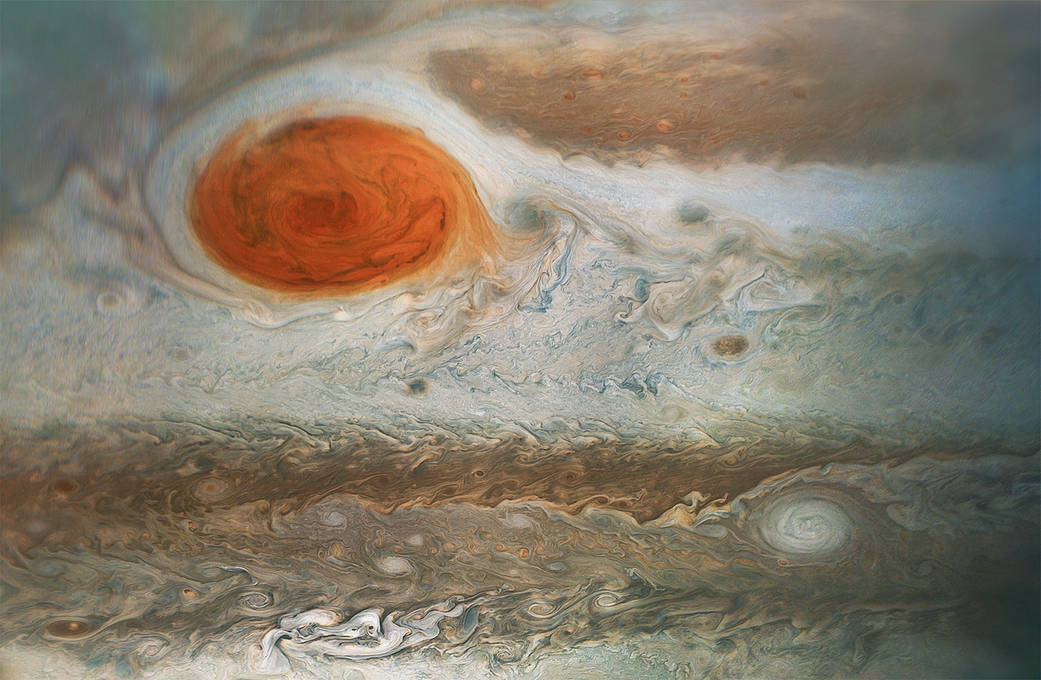
Friday, April 20, 2018: NASA's Juno spacecraft captured this closeup of Jupiter's Great Red Spot surrounded by turbulent bands of clouds during a close flyby on April 1. This view combines three images taken over the course of 15 minutes. At the time, Juno was between 15,379 miles (24,749 kilometers) and 30,633 miles (49,299 kilometers) above Jupiter's cloud tops. — Hanneke Weitering
Hubble's Lagoon Nebula in Infrared
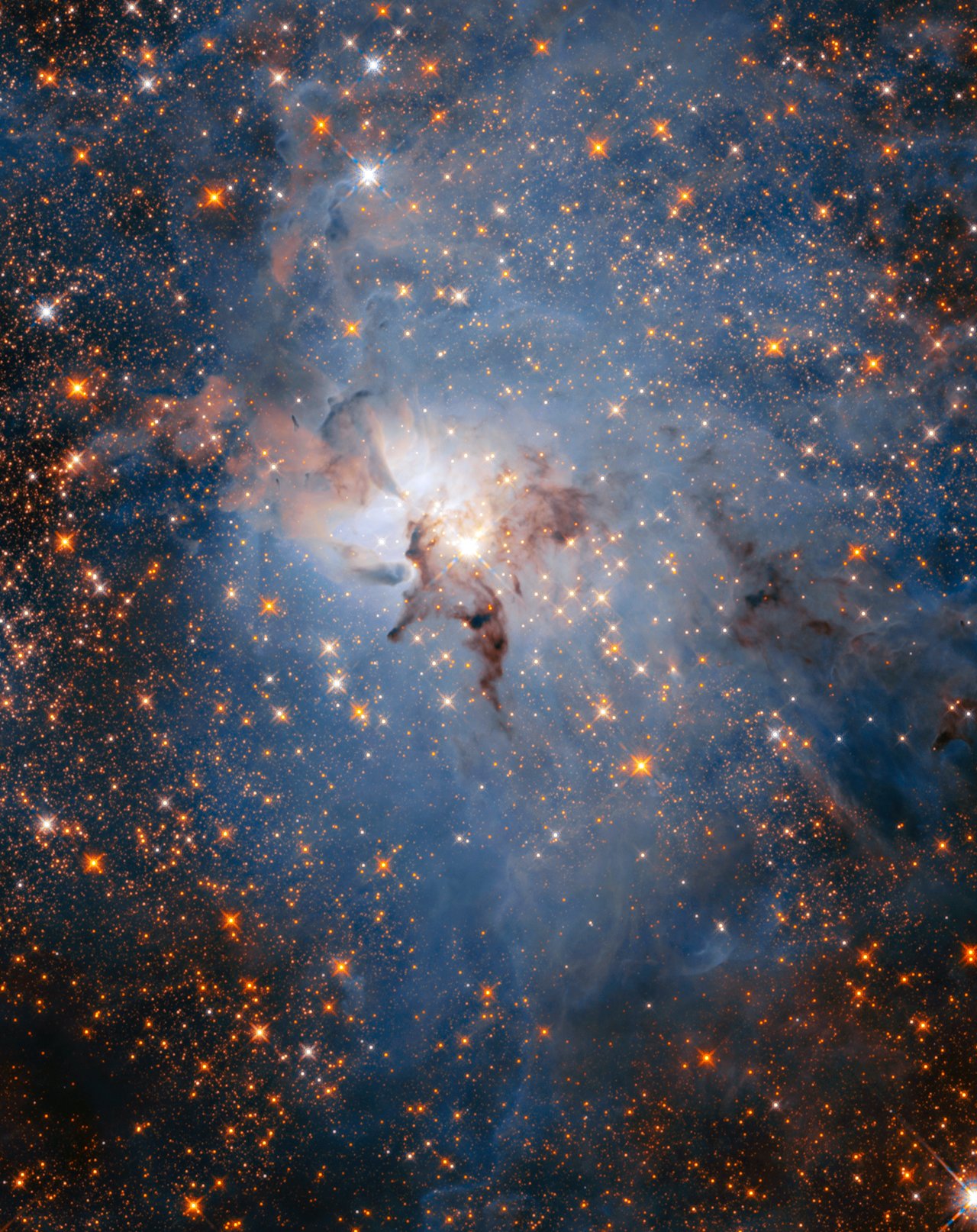
An infrared view of the Hubble telescope's 28th anniversary photo reveals a sea of stars that hide behind colorful clouds of gas and dust when viewed in visible-light wavelengths. The Lagoon Nebula is an enormous star-forming region 4,000 light-years away from Earth in the constellation Sagittarius. It can be seen with the naked eye from dark-sky sites and appears about three times larger than the full moon in the night sky. — Hanneke Weitering
Star Trails Over La Silla
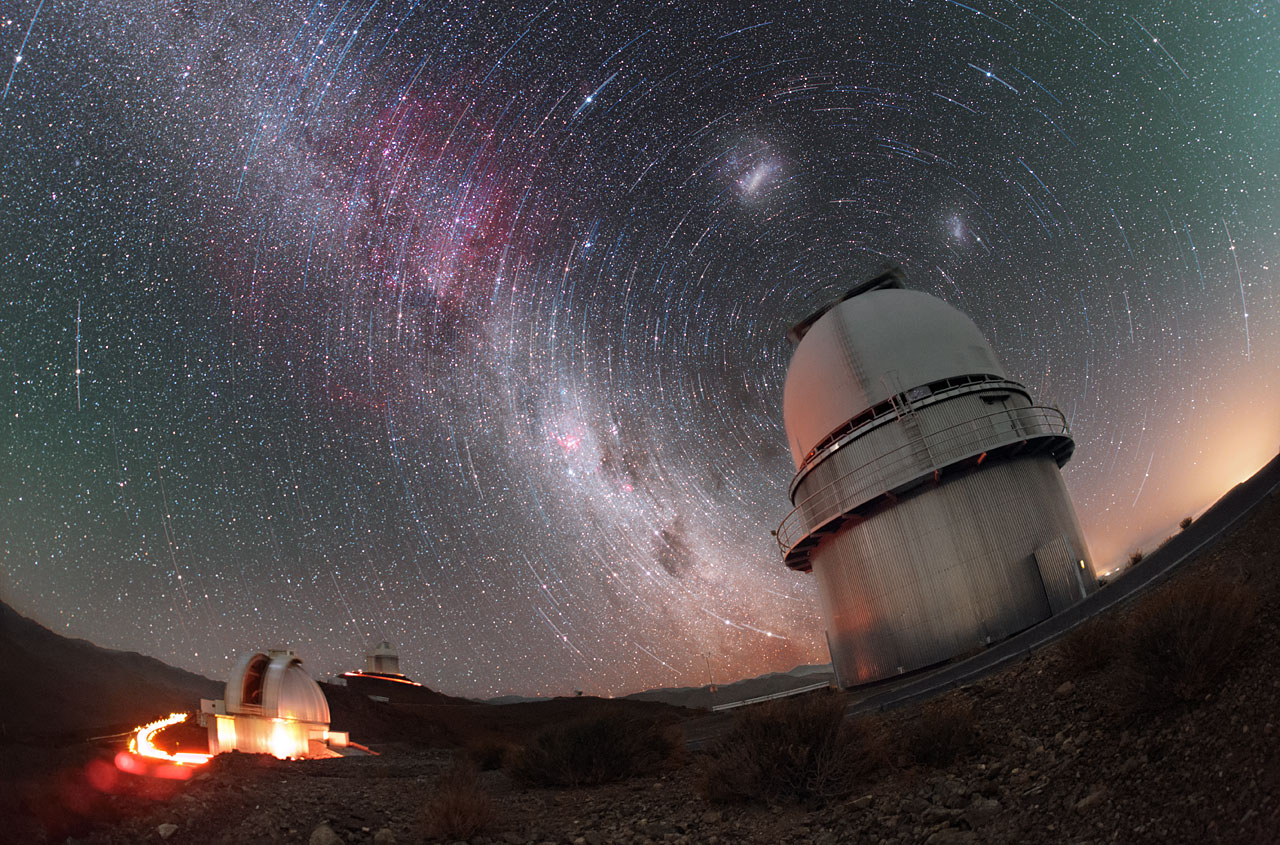
Tuesday, April 24, 2018: Stars swirl above three telescopes at the La Silla observatory in Chile in this stunning image by European Southern Observatory (ESO) photo ambassador Petr Horálek. The stars circle around the celestial pole, which is hiding behind the top of the Danish 1.54-meter telescope on the right. On the left is the MPG/ESO 2.2-meter telescope, with ESO's 3.6-meter telescope behind it in the distance. — Hanneke Weitering
Get the Space.com Newsletter
Breaking space news, the latest updates on rocket launches, skywatching events and more!
Gaia Maps the Rho Ophiuchi Cloud Complex
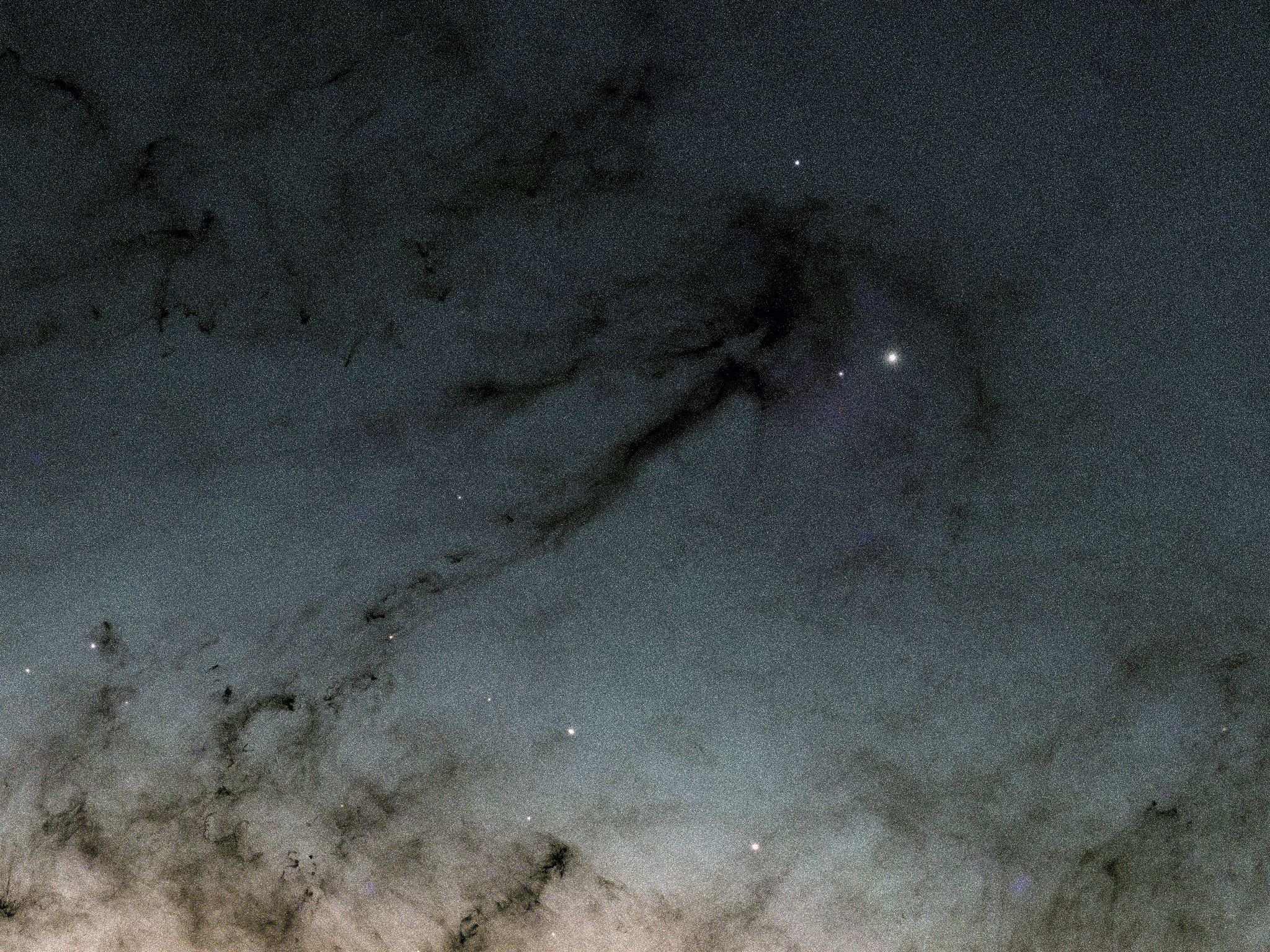
Wednesday, April 25, 2018: This view of the Rho Ophiuchi cloud complex was captured by the European Space Agency's Gaia satellite, which just released its second massive data dump from its all-sky survey today. Gaia has mapped the positions of nearly 1.7 billion stars in and around the Milky Way. Gaia did not directly photograph Rho Ophiuchi, which is a large stellar nursery 460 light-years away from Earth. Rather, Gaia created this map by compiling measurements of the radiation the satellite detected in each pixel. — Hanneke Weitering
Parker Solar Probe's Rocket Preps for Launch
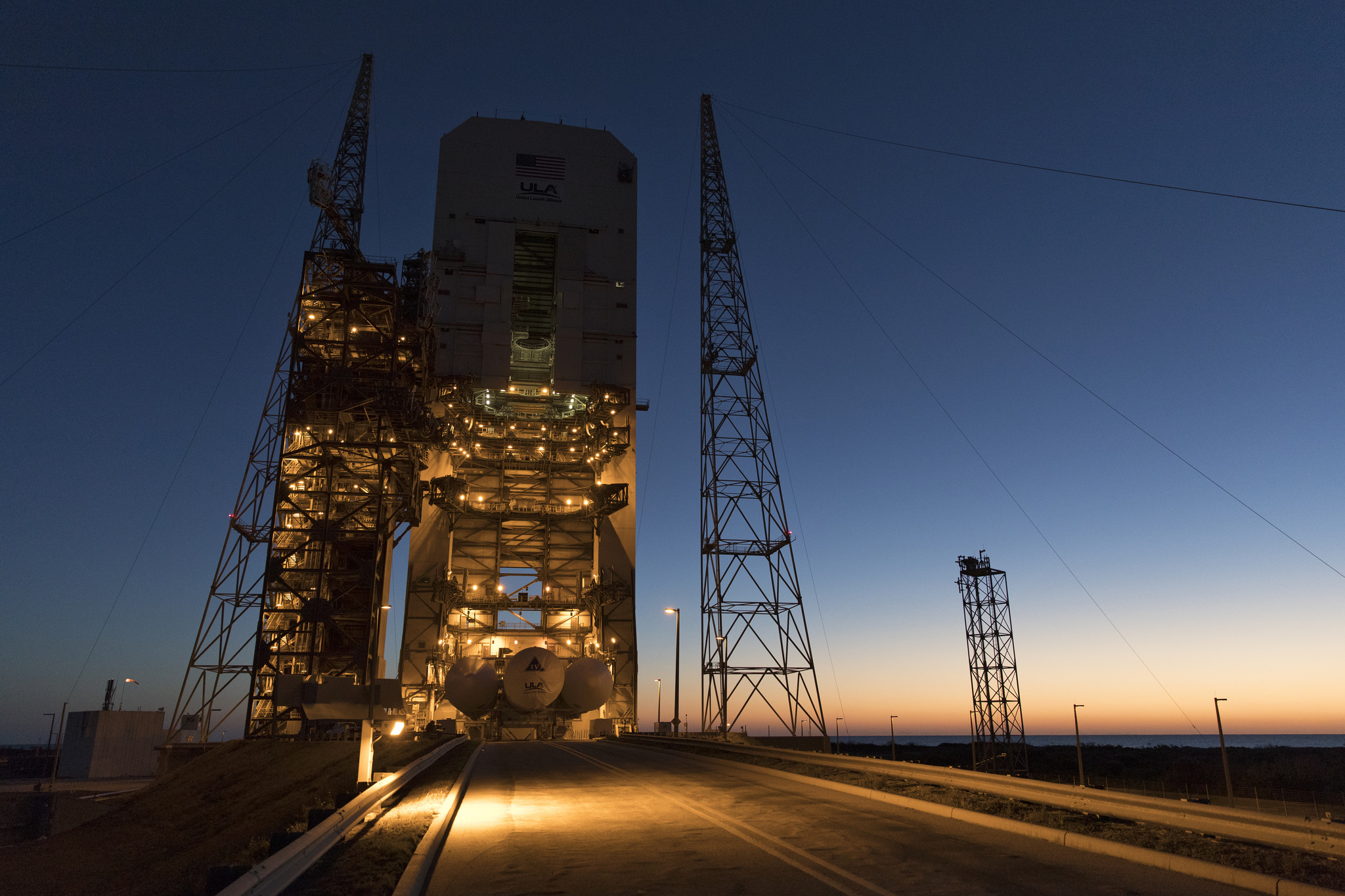
Thursday, April 26, 2018: The Delta IV Heavy rocket that will launch NASA's Parker Solar Probe this summer is pictured at the Vertical Integration Facility at Cape Canaveral Air Force Station in Florida just before sunrise. Built by the United Launch Alliance, this heavy-lift launch vehicle is the second most powerful rocket in the world. It will launch the Parker Solar Probe closer to the sun than any other spacecraft in history and is currently scheduled to lift off on July 31. — Hanneke Weitering
Everglades Spotted From Space
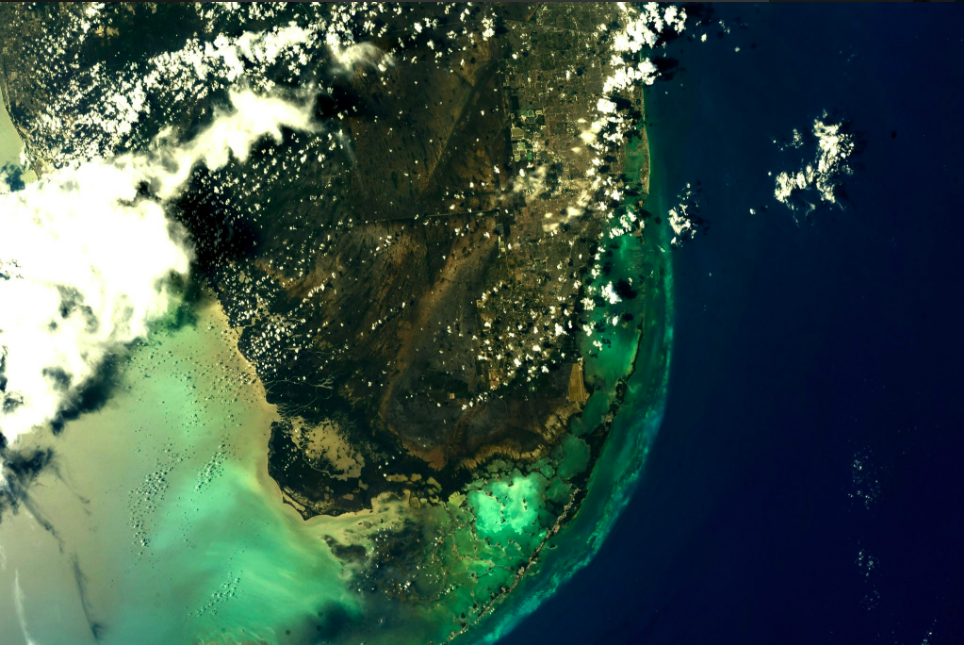
Friday, April 27, 2018: Clouds roll in over southern Florida in this aerial shot captured by space station astronaut Ricky Arnold. Microorganisms in the water around the coast and in the Everglades give the water a bright turquoise color. — Hanneke Weitering
Join our Space Forums to keep talking space on the latest missions, night sky and more! And if you have a news tip, correction or comment, let us know at: community@space.com.

Space.com is the premier source of space exploration, innovation and astronomy news, chronicling (and celebrating) humanity's ongoing expansion across the final frontier. Originally founded in 1999, Space.com is, and always has been, the passion of writers and editors who are space fans and also trained journalists. Our current news team consists of Editor-in-Chief Tariq Malik; Editor Hanneke Weitering, Senior Space Writer Mike Wall; Senior Writer Meghan Bartels; Senior Writer Chelsea Gohd, Senior Writer Tereza Pultarova and Staff Writer Alexander Cox, focusing on e-commerce. Senior Producer Steve Spaleta oversees our space videos, with Diana Whitcroft as our Social Media Editor.









